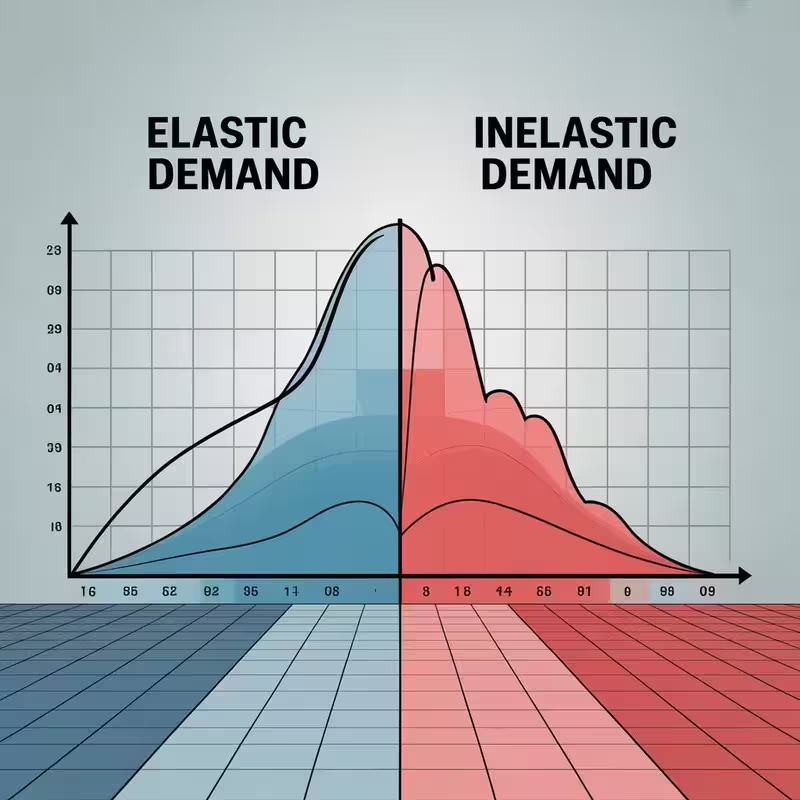Elastic and inelastic demand describe how demand responds to price changes. The key difference is in sensitivity.
Elastic Demand
- Definition: Demand is elastic when demand changes a lot with price.
- Sensitivity: Consumers are very price sensitive.
- PED: PED > 1.
Examples:
- Luxury goods (e.g. designer handbags).
- Non-essentials (e.g. vacations).
- Products with many substitutes (e.g. different brands of soda).
Why It Matters:
- Businesses must be careful with price increases.
- Lowering prices can really boost revenue.
Inelastic Demand
- Definition: Demand is inelastic when demand changes little with price.
- Sensitivity: Consumers are not very price sensitive.
- PED: PED < 1.
Examples:
- Necessities (e.g. medicine, utilities).
- Addictive goods (e.g. cigarettes).
- Products with no substitutes (e.g. insulin).
Why It Matters:
- Businesses can raise prices without losing many customers.
- Revenue increases with price hikes.
Key Differences
| Aspect | Elastic Demand | Inelastic Demand |
|---|---|---|
| Price Sensitivity | High | Low |
| PED Value | Greater than 1 | Less than 1 |
| Examples | Luxury goods, non-essentials | Necessities, addictive goods |
| Revenue Impact | Lower prices increase revenue | Higher prices increase revenue |
Why Understanding the Difference Matters
- Pricing Strategies: Elastic goods benefit from lower prices. Inelastic goods can handle price hikes.
- Policy Making: Governments tax inelastic goods (e.g., cigarettes) for steady revenue.
- Consumer Behavior: Businesses predict how price changes affect sales.

